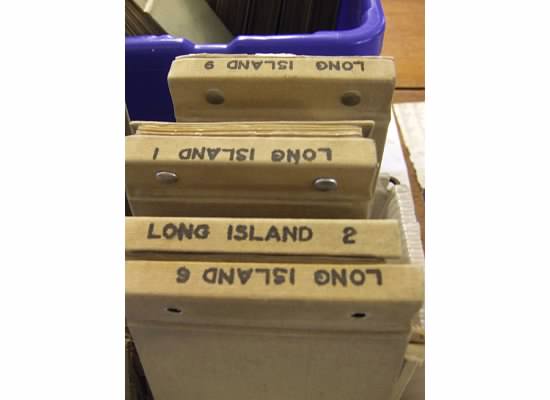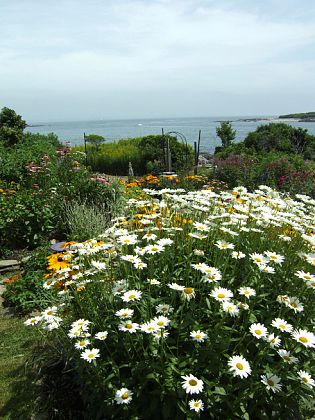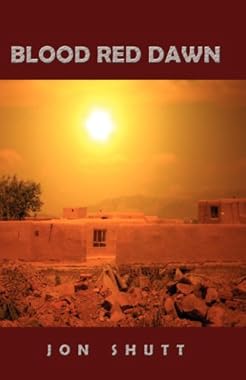Word is out – the 1924 tax records, owned by the City of Portland, are now available for research! Just go to the site (available through the Maine Memory Network, a site of the Maine Historical Society) to find your house or favorite building on Long Island:
http://www.mainememory.net/search/ptr
Probably the best way to see them all is to type in “Long Island” into the keyword search box.
You can limit the search by street address, owner, etc.
You will be able to see a picture of the building, as well as other information.
The Portland, Maine, 1924 Tax Records were created as part of a city-wide tax reevaluation. The 2 3/4″ x 4″ original black and white photographs provide extraordinary documentation of the appearance and condition of every taxable property in the city at that time. The accompanying tax forms provide equally valuable information, including the use of the property, the original building materials and finishes and the property’s assessed value as of 1924. On the back of each form, a pencil sketch illustrates the size and shape of the building footprint on the property.
The collection consists of 131 books containing approximately 30,000 pages, each page recording a single property (properties with more than one building will generally have a page for each building). The records were kept in a cabinet in the Portland tax assessor’s office in City Hall until 2009.
Having these records available online has created quite a buzz all over Portland and Casco Bay, and great fun for researching houses, although some are no longer or unrecognizable.
This was a joint project between the City of Portland, the Portland Public Library, and the Maine Historical Society.









